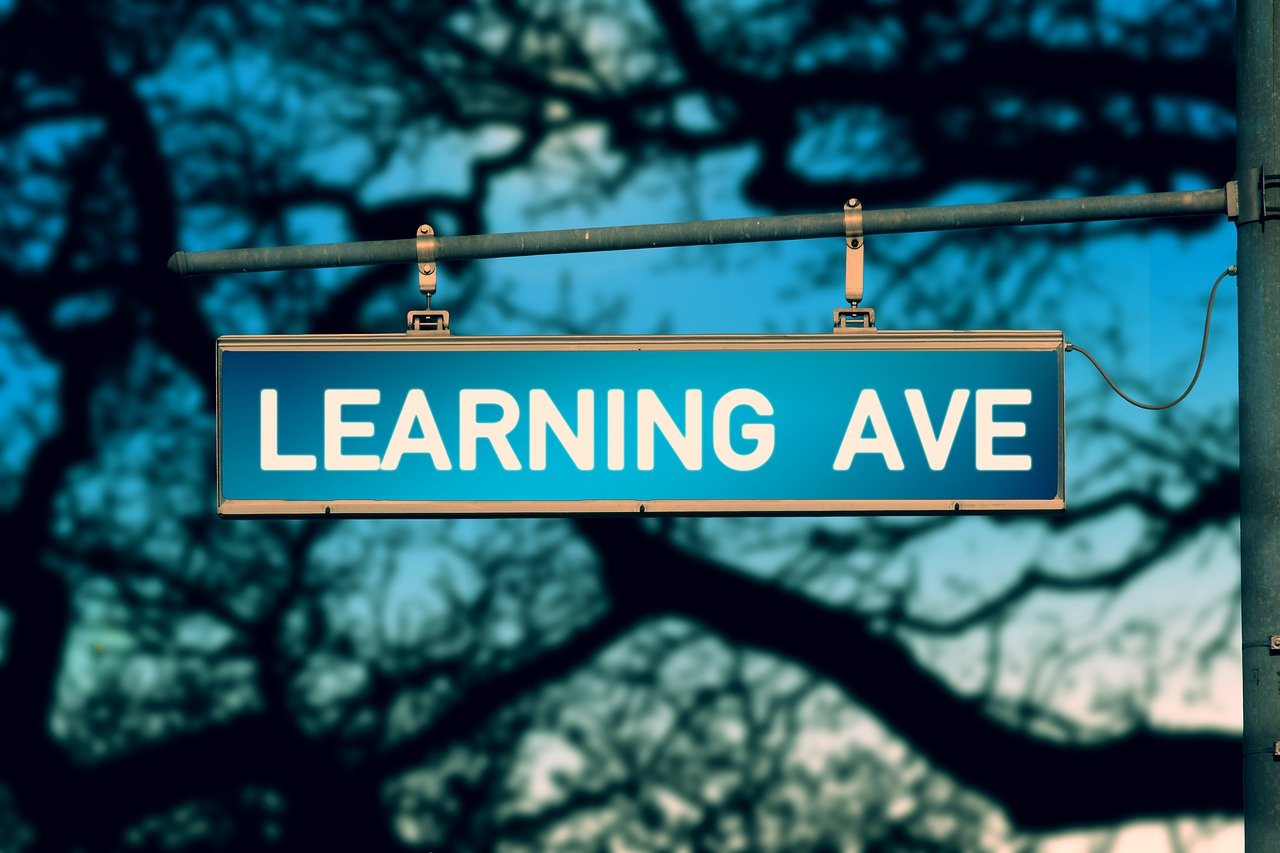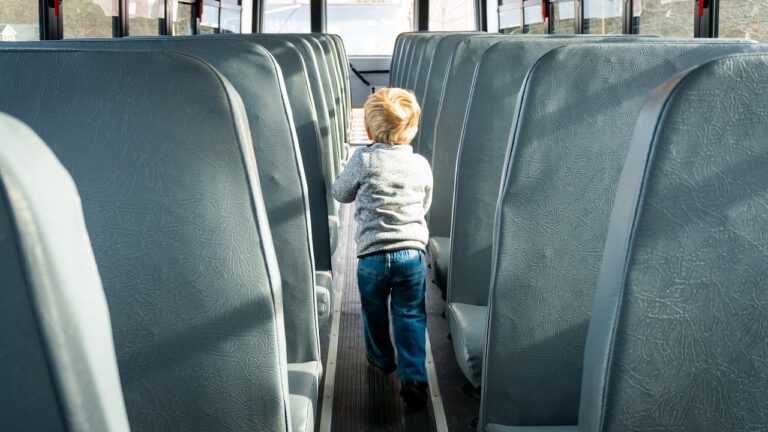The Intersection of Race and Education: Strategies for Promoting Equity and Inclusion
Racial disparities in education have a deep-rooted history in the United States, stemming from segregated schools that systematically deprived students of color of equal educational opportunities. The landmark case of Brown v. Board of Education in 1954 sought to dismantle the legal basis for segregation, yet the legacy of unequal resources and treatment persists in many educational settings across the country. Black and Latinx students, in particular, have historically faced barriers to accessing quality education, perpetuating a cycle of inequality that impacts academic outcomes and future opportunities.
The historical context of racial disparities in education highlights the pervasive impact of institutional racism on the educational experiences of students of color. From discriminatory policies that denied access to schools to disproportionate disciplinary actions based on race, the legacy of segregation continues to shape educational opportunities for marginalized communities. The ongoing struggle for equity in education underscores the need for systemic changes to address the deep-seated disparities that continue to hinder the academic success of students of color.
Segregated schools systematically deprived students of color of equal educational opportunities
Brown v. Board of Education in 1954 aimed to dismantle legal basis for segregation
Legacy of unequal resources and treatment persists in many educational settings
Black and Latinx students historically faced barriers to accessing quality education
The historical context of racial disparities in education highlights the pervasive impact of institutional racism on the educational experiences of students of color. From discriminatory policies that denied access to schools to disproportionate disciplinary actions based on race, the legacy of segregation continues to shape educational opportunities for marginalized communities. The ongoing struggle for equity in education underscores the need for systemic changes to address the deep-seated disparities that continue to hinder the academic success of students of color.
Challenges Faced by Students of Color in Educational Settings
Students of color often encounter systemic obstacles in educational settings that hinder their academic success. One significant challenge is the lack of resources and support available to them compared to their white counterparts. From inadequate funding for schools in minority communities to limited access to advanced placement courses, these disparities disproportionately impact students of color and contribute to lower academic achievement levels.
Moreover, students of color frequently face stereotypes and biases from teachers and peers, which can undermine their confidence and motivation. Biases based on race can manifest in the form of lower expectations for academic performance, harsher disciplinary actions, and limited opportunities for growth and development. These negative perceptions not only affect students’ self-esteem but also impact their overall academic well-being, creating additional barriers to success in educational environments.
Impact of Implicit Bias in Classroom Settings
Implicit bias in classroom settings can have a profound impact on the educational experiences of students of color. Teachers, even unknowingly, may hold preconceived notions about certain groups of students, which can lead to unfair treatment and lower expectations for these students. This bias can manifest in various ways, such as unequal opportunities for participation, harsher disciplinary actions, or limited access to advanced coursework.
Research has shown that implicit bias can result in students of color feeling marginalized, misunderstood, and undervalued in educational settings. This can have detrimental effects on their academic performance, self-esteem, and overall well-being. It is crucial for educators to actively work towards identifying and addressing their own biases, creating a more inclusive and equitable learning environment for all students.
What is implicit bias?
Implicit bias refers to the attitudes or stereotypes that affect our understanding, actions, and decisions in an unconscious manner.
How does implicit bias impact classroom settings?
Implicit bias can affect the way teachers interact with students, leading to disparities in discipline, academic expectations, and opportunities for students of color.
What are some challenges faced by students of color in educational settings?
Students of color often face stereotypes, lower expectations, and limited access to resources and support in educational settings, which can hinder their academic success.
How does the historical context of racial disparities in education contribute to implicit bias?
The historical legacy of discrimination and inequity in education has perpetuated stereotypes and biases that continue to influence interactions between teachers and students of color today.
What can be done to address implicit bias in classroom settings?
It is important for educators to engage in self-reflection, cultural competence training, and the implementation of bias-reducing strategies to mitigate the impact of implicit bias on students of color.







